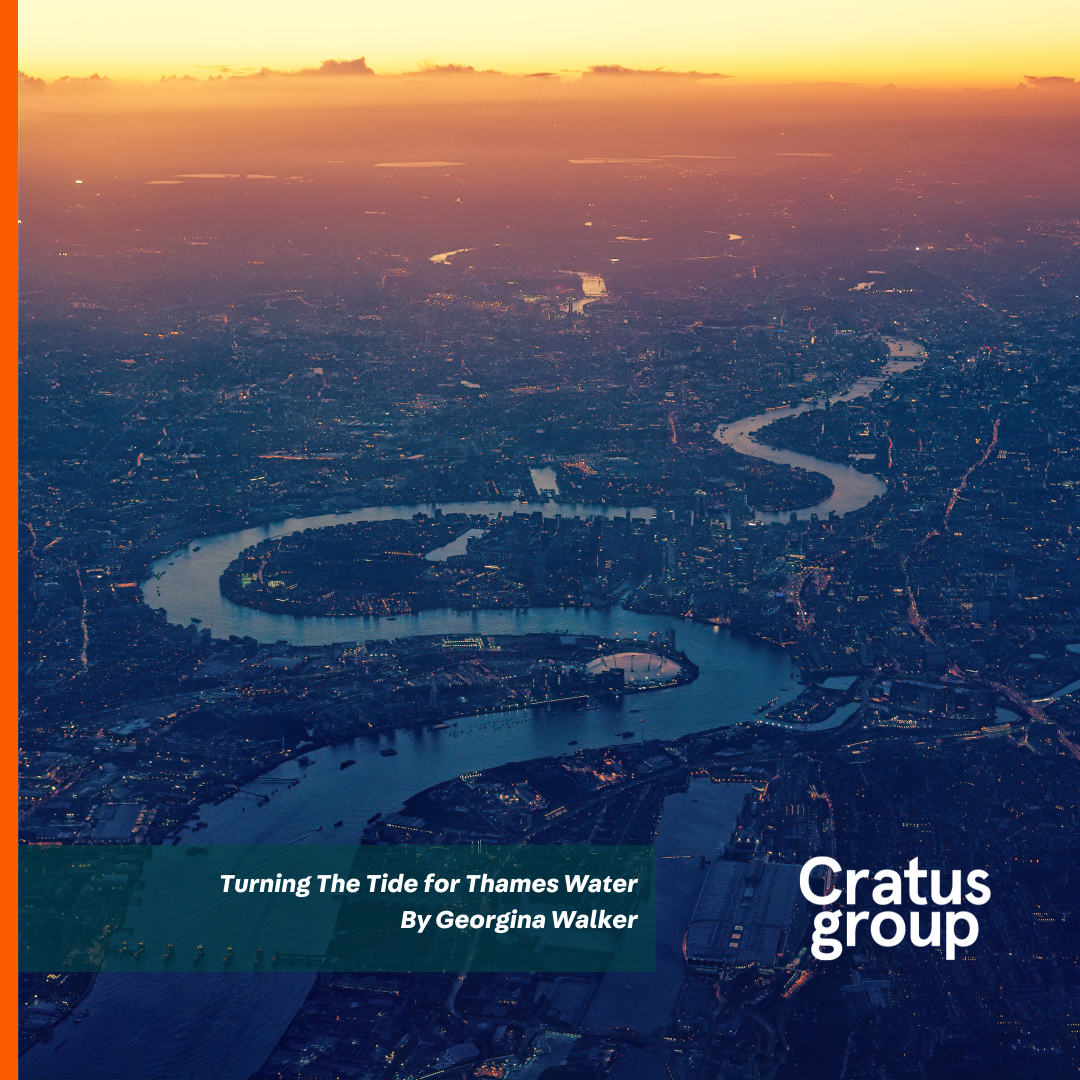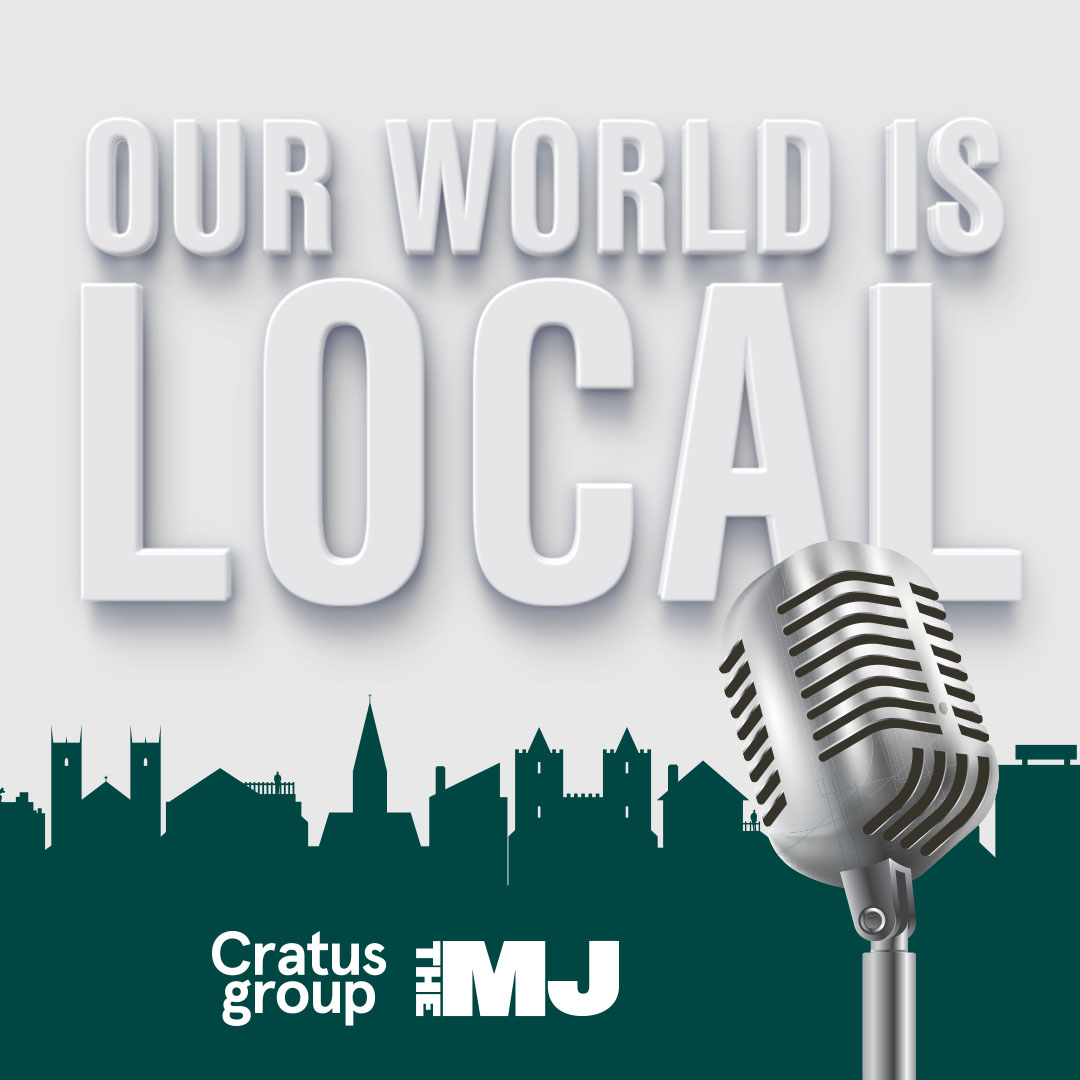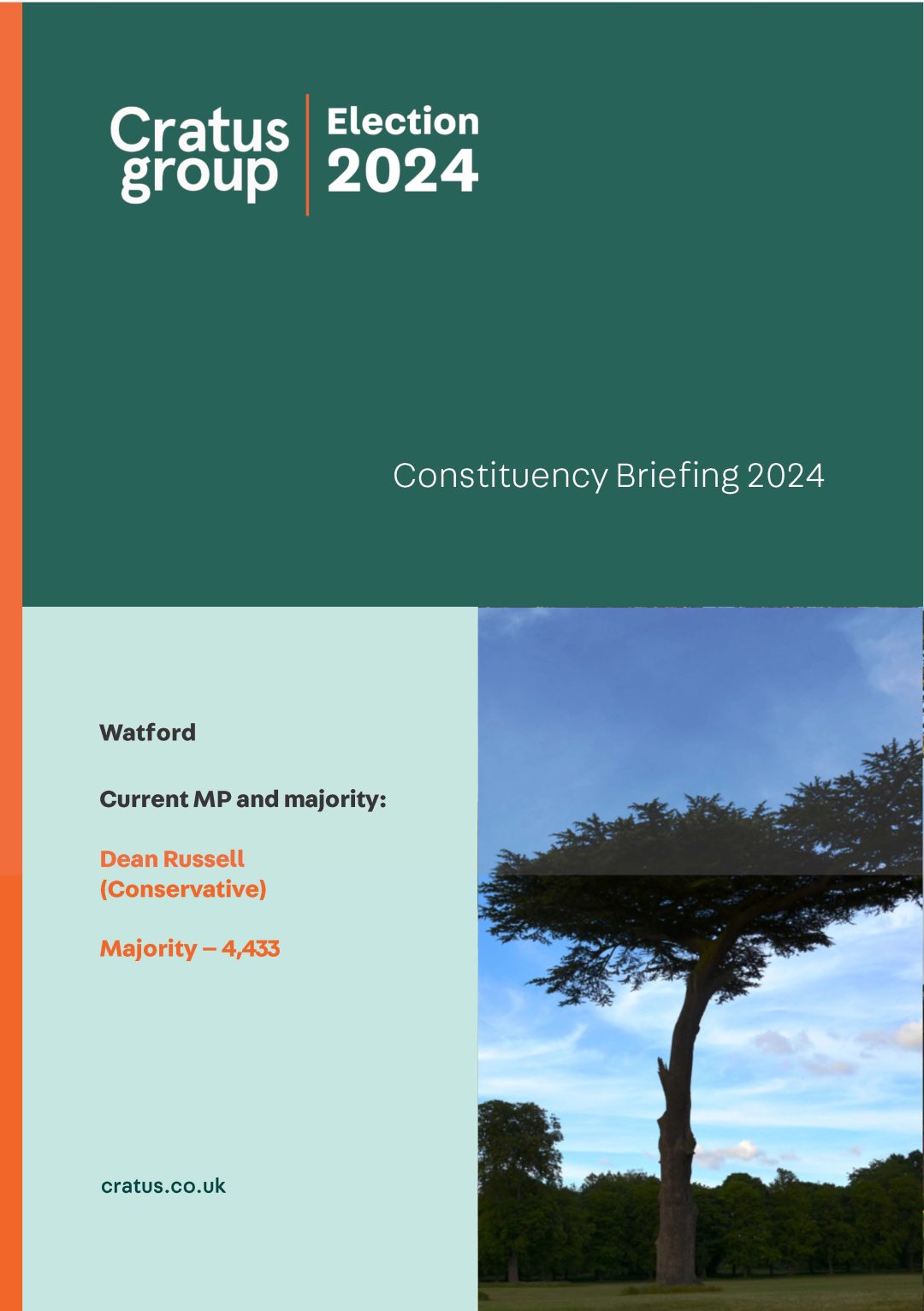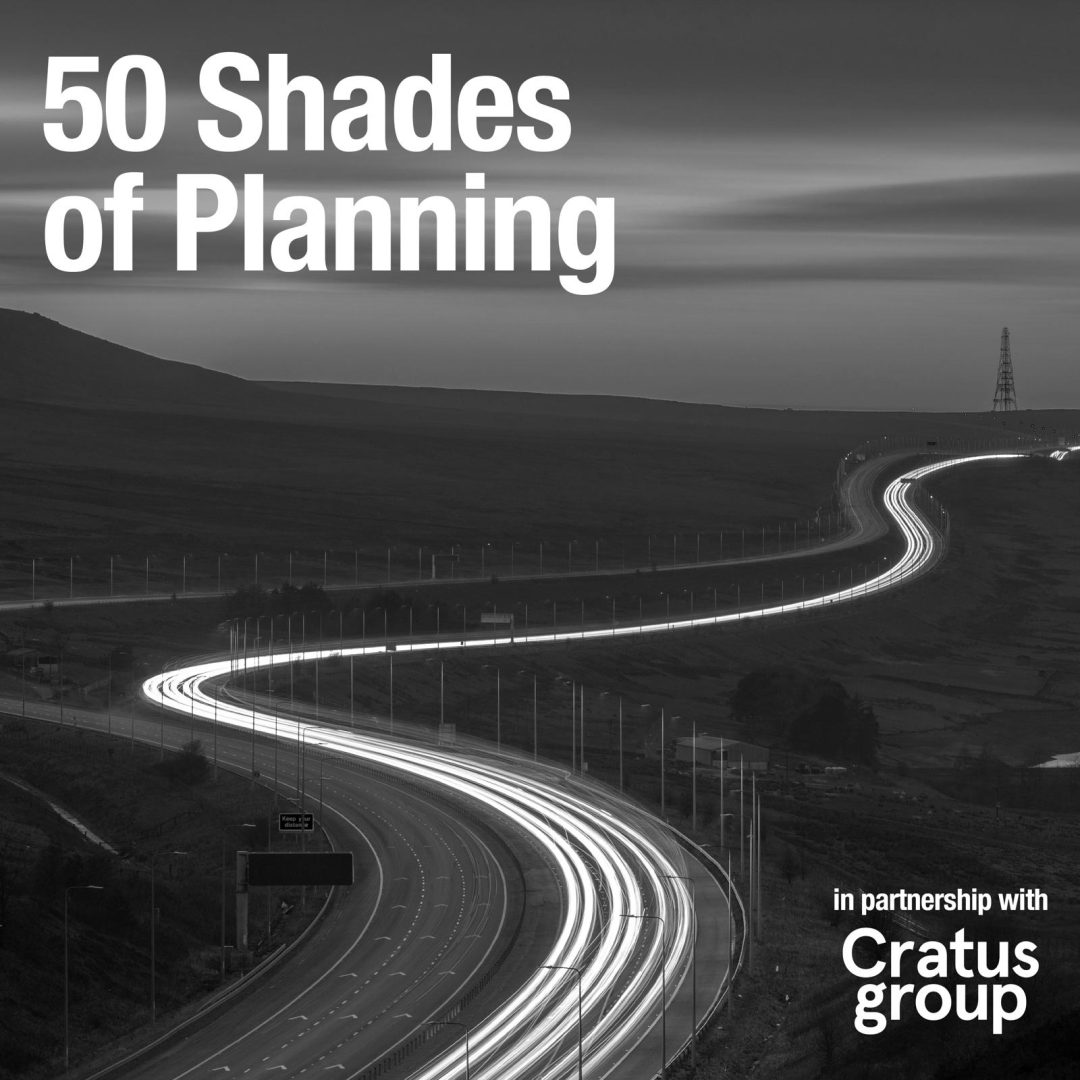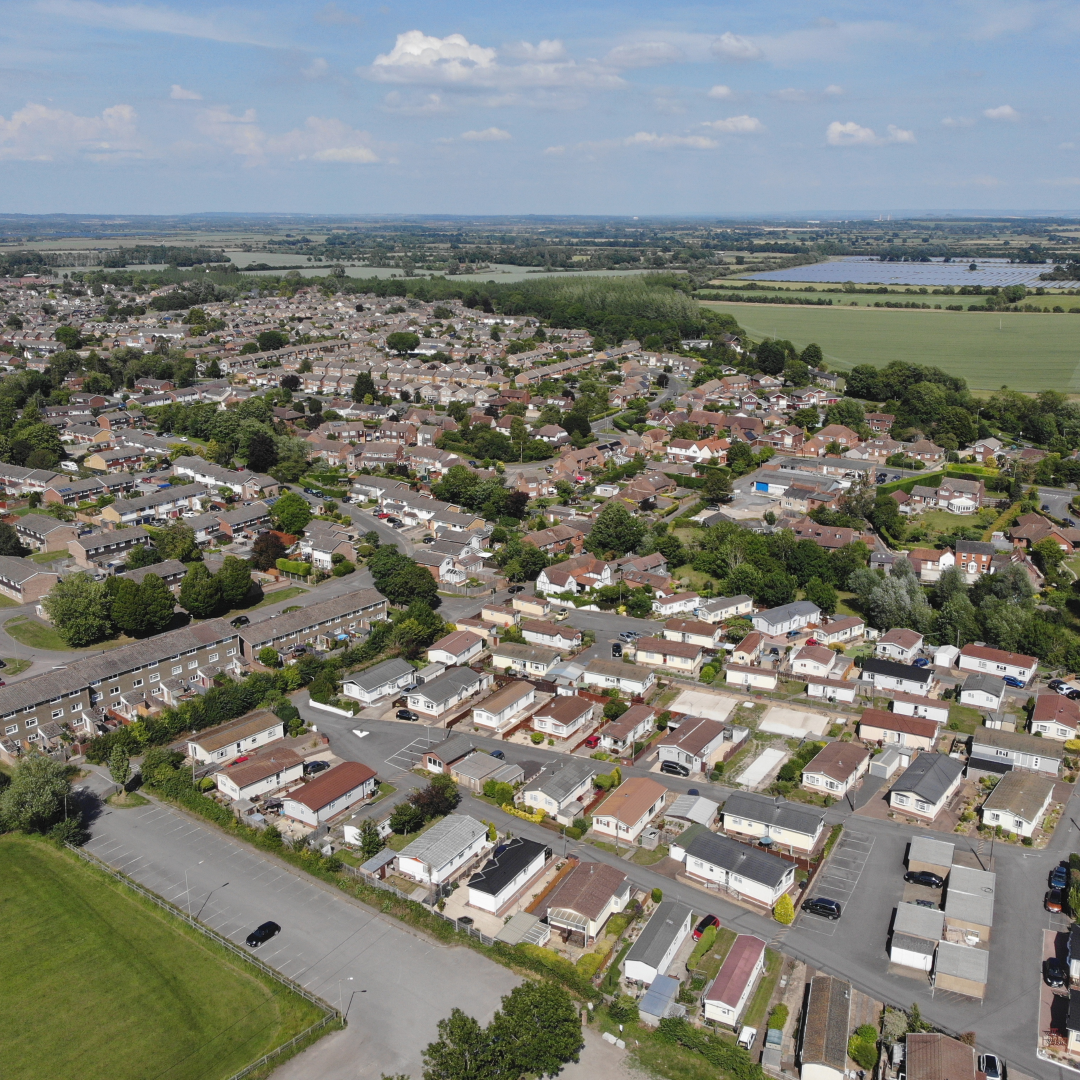A tale of two towns
By Rob Chilton, Account Executive
Two by-elections have taken place in the north of England during 2021 so far; both called to replace Labour MPs who resigned for different reasons; both widely predicted to be closely fought between Labour and the Conservatives; and both potentially reflecting a paradigm shift in British politics.
Here, however, the similarity ends.
The first of these to take place, on 6 May, concurrently with the nationwide local elections, was in the Hartlepool constituency, a port town on the Durham coast. This is a town that has struggled with unemployment since the decline of major shipbuilding and nearby industries. The population is largely white, working-class, and has been represented by Labour MPs continuously since 1964. The former constituency of New Labour bigwig Peter Mandelson, it has long been seen as a reliable fortress for Labour. However, as old loyalties have died away with the decline of traditional unionised employment, Labour have increasingly struggled to justify their omnipresence to an older generation frustrated with a changed world, and a younger generation who are the first never to have worked in these industries. For Labour’s aging activist base and party structure in these areas of the North-East, it has become harder and harder to sustain the level of activity required to stave off challengers to their hegemony. In Hartlepool, this was initially from independents; Hartlepool being famous for having elected ‘H’Angus the Monkey’ (i.e. Stuart Drummond), an independent football mascot, as its Mayor, on three separate occasions.
However, more recently, as in many ‘Red Wall’ seats that overwhelmingly voted Brexit, the Conservatives have once again been seen as a viable option to supplant Labour. In Hartlepool, Labour have arguably been living on borrowed time for the past few years, as surrounding seats in Cleveland fell to the Conservatives, and the latter steadily gained ground in this once-safe Labour seat. Perhaps in a sign of Labour’s increasing weakness in what was once a core area for them, their candidate for this by-election was Dr Paul Williams, a still relatively green former MP for a seat on the Yorkshire border. Dr Williams’ campaign failed to gain traction, and the Conservatives’ Jill Mortimer took the seat with a majority of 6,940. This was a somewhat larger majority than many predicted. In a sign of Labour’s woes in this area, and with the larger demographic the seat represents, this will be difficult (though not impossible) to overturn next time.
The next by-election was held on 1st July in the Batley & Spen constituency, where Labour’s MP had been elected the new regional Metro Mayor for West Yorkshire. The constituency has been held by Labour since they gained it from the Conservatives in 1997 and is centred around the former mill town of Batley, with outlying towns and villages dotted around the surrounding Spen Valley. The lazier pundits, particularly those not familiar with the area, predicted this would be ‘another Hartlepool’, and seemingly there was little acknowledgement of the tragic circumstances that led to the previous by-election, or the specific concerns of the seat’s significant Muslim community. Labour selected Kim Leadbeater as their candidate, the sister of the late Jo Cox, the constituency’s former MP who was murdered by a far-right activist in 2016.
Unlike the Hartlepool by-election, a number of far-right and populist candidates, including the controversial former MP George Galloway, entered the Batley & Spen race, hoping to gain traction from historic racial divisions in the area. As the by-election got closer, there did seem to be a particular media focus on the town of Batley itself, where its large South Asian population were being courted by Mr Galloway, who particularly highlighted Labour’s lack of focus on the crises in Palestine & Kashmir. There was talk of Labour coming third, and Mr Galloway went on record offering to ‘eat his hat’ if this did not occur. Perceived wisdom was an easy victory for the Conservatives, helped by Mr Galloway taking significant chunks of Labour’s vote away within the large Muslim communities in Batley and Heckmondwike.
In the end, this did not occur. Labour’s candidate, Kim Leadbeater, managed to stave off the Conservatives with a razor-thin majority of just 323, with Mr Galloway coming third, over 5,000 votes behind the Conservative candidate.
This unexpectedness of this result has subsequently been put down to an underestimation of the strength of Labour’s candidate, who on this occasion was both local and charismatic, and also the fact that Labour managed to pick up more than usual support in the smaller towns and villages of the Spen Valley, which have generally been Conservative areas.
Inevitably, there were some local issues at play in these by-elections, be they structural issues or social ones. But what both by-elections taught us was that the 2019 General Election result was clearly not just a flash in the pan, but that significant shifts in electoral coalitions are being played out right across the country, particularly in the north.
The convincing Conservative victory amongst white working-class voters in Hartlepool, the shift away from Labour amongst South Asian communities in Batley, and Labour’s renewed, though modest, success amongst commuters in the Spen Valley, all point to a reinvention of Britain’s electoral map. To whose benefit this will ultimately be is difficult to say, and it is possible smaller parties such as the Liberal Democrats and the Greens will be able to benefit from the falling away of tribal loyalties.
Ultimately, for both Labour and the Conservatives, no group of voters can either be taken for granted, or written off, anymore.
Finally, the Batley & Spen by-election also reminded us to take media predictions with a large dose of salt.

